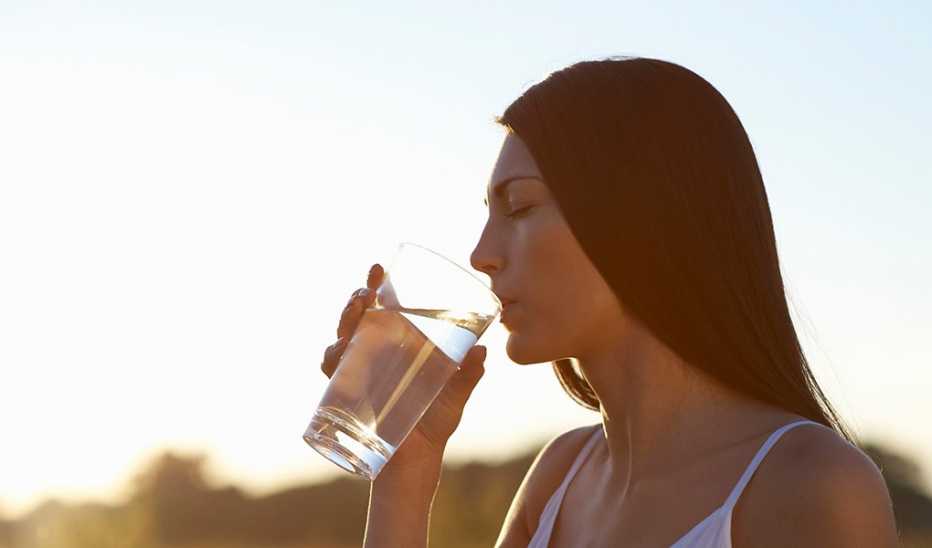Challenges


Quick Win
Dehydration can sneak up on you. Brush up on the physical and mental signs that your body needs more fluids.
Try This Today
- Learn the signs of dehydration
- Thirst. Feeling thirsty is a clear sign that you need more fluids. Remember, though, that our sense of thirst declines with age, so you can be dehydrated without feeling thirsty.
- Dry mouth and skin. Dehydration can lead to a feeling of dryness or stickiness on your lips and in your mouth. Dry skin that doesn’t spring back to its normal shape when gently squeezed is another warning sign.
- Headaches. Even mild dehydration can lead to headaches.
- Fatigue. Dehydration can lead to feeling tired or lethargic.
- Dark urine. Urine should be light yellow or clear. Dehydration can cause it to be dark yellow or brownish and have a strong odor.
- Confusion, a lack of urine, dizziness or fainting, rapid breathing, rapid heartbeat. These symptoms may indicate severe dehydration and require immediate medical attention.
Why
Staying hydrated is crucial for basic bodily functioning and good health. Yet, more than 65 percent of U.S. adults ages 51 to 70 aren’t sufficiently hydrated, according to data from the National Health and Nutrition Examination Survey, published in Nutrients in 2020. While many people aren’t aware of all the symptoms of dehydration, education about adequate hydration and taking steps to promote fluid intake has helped increase older adults’ water consumption, leading to health benefits such as a decrease in falls, according to an 2022 research review in Florence Nightingale Journal of Nursing.










More From Staying Sharp
7-Day High-Protein Meal Plan to Help Lose Weight
These meals and snacks focus on protein and fiber to help you meet your goals
Grill Out Tonight!
When the weather is nice, take the cooking outdoors
Meal Prep a Week of Healthy Lunches for Less Than $20
An inexpensive one-week plan for packable lunches